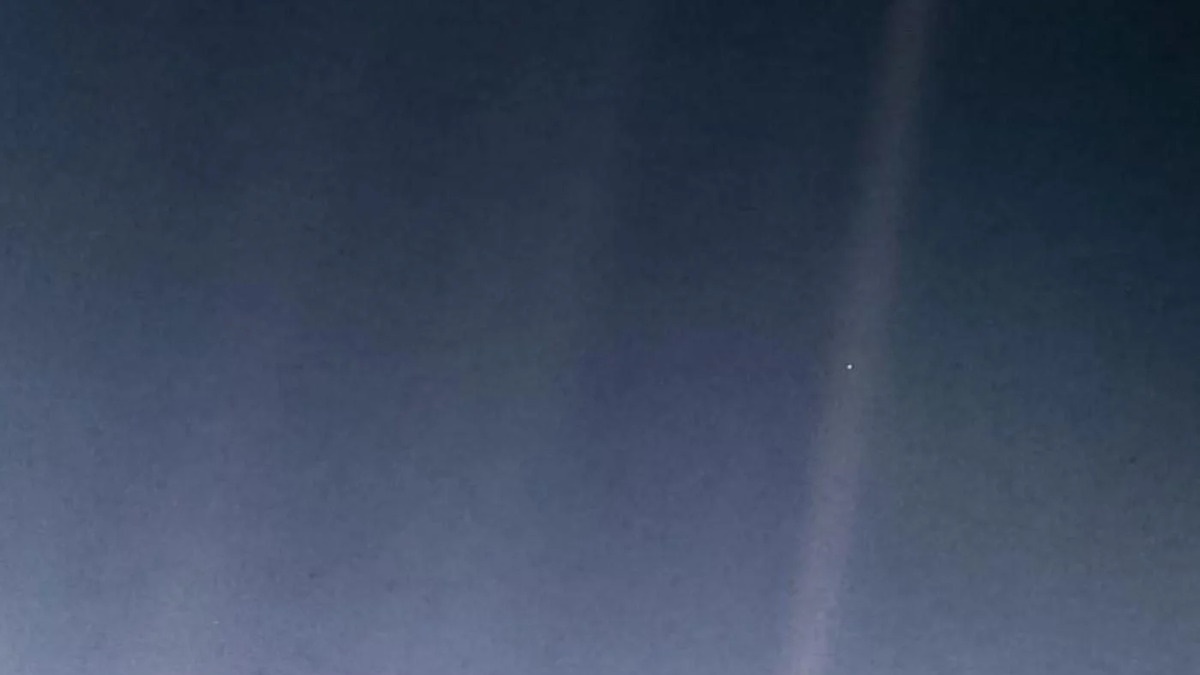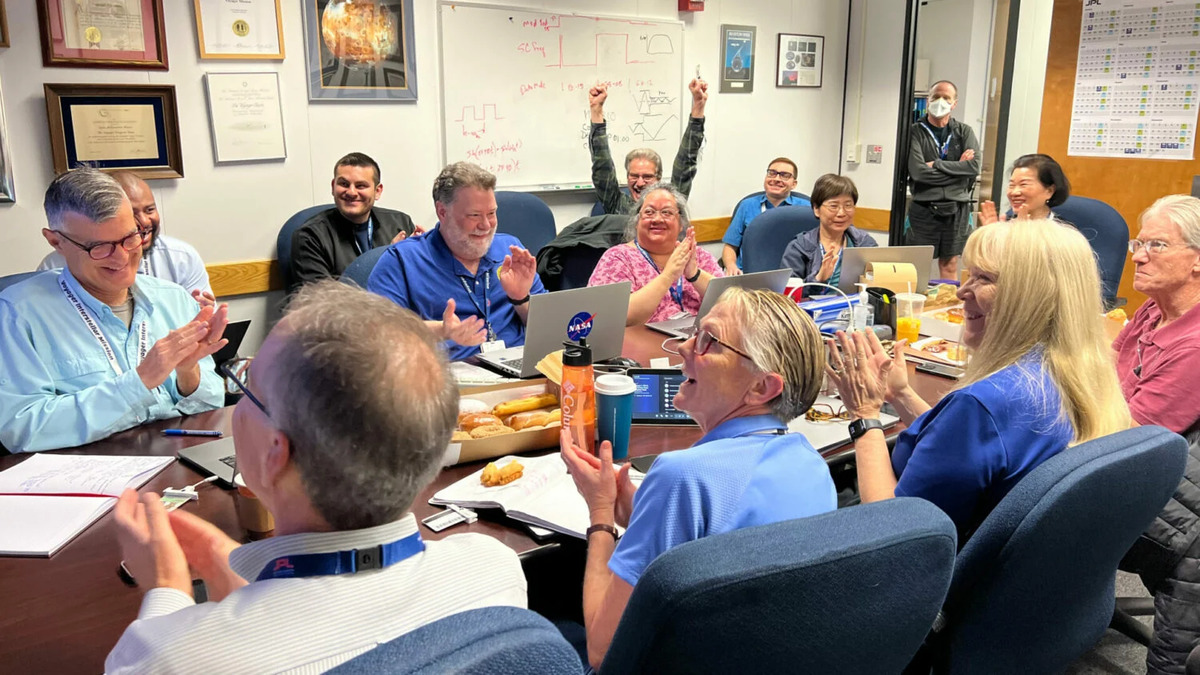It’s a narrative that almost writes itself, like something out of a nail-biting space opera. A few weeks ago, NASA’s Voyager 1, the most prolific explorer in the annals of space history, seemed all but lost. This veteran space probe, which had stopped sending coherent data back to Earth, was on the verge of being written off. Engineers were talking about needing a “miracle” to save it. But against all odds, this interstellar traveler has started to come back online.
Identifying the Culprit
The trouble began five months ago when Voyager 1, the first spacecraft to leave our solar system, started sending back gibberish instead of the usual streams of valuable data. NASA’s team faced a daunting task: deciphering the issue from billions of miles away. They pinpointed the problem to the Flight Data Subsystem (FDS), the onboard computer responsible for formatting the data before transmission. Somehow, part of its memory became corrupted, blocking access to crucial portions of its code.
After relentless efforts, a breakthrough came last March when an engineer managed to retrieve a complete copy of the FDS’s memory. This was a game-changer, enabling the team to precisely identify the corrupted memory bits.
Surgical Precision Required

This is where the story takes a turn into what could only be described as a feat of software neurosurgery. Because of Voyager 1’s immense distance—currently over 23 billion kilometers from Earth—physically replacing the faulty memory was out of the question. The corrupted data couldn’t simply be reset either. So, the engineers devised a plan to transfer the corrupt data to a different part of the memory, where it would not interfere with operations.
But here’s the catch: Voyager 1, launched in 1977, has very limited memory capacity. There wasn’t enough contiguous memory space to relocate the problematic bits all at once. The solution? Cut the corrupted code into smaller segments and scatter these across several free memory spots.
This high-risk operation required manual precision. Each piece of data had to be carefully repositioned within the spacecraft’s aging memory. It was like performing delicate surgery with virtual scalpels, where a single misplaced bit could spell disaster.
A Nerve-Wracking Silence
The actual data transfer commenced on April 18th. Then came the nerve-wracking wait. Due to the vast distance, radio signals take approximately 45 hours to travel to Voyager 1 and back. For nearly two tense days, the team had nothing to do but wait.
Their patience paid off. On April 20th, the team received a response from Voyager. For the first time in five months, the data was clear and coherent. The memory corruption had been successfully excised and relocated.
Not Out of the Woods Yet
While this marks a significant victory, the journey isn’t over. Voyager 1’s subsystem for handling and transmitting scientific data is still non-functional. This means the probe can’t perform its primary mission of sending back scientific data, reducing it, for now, to a mere observer drifting through interstellar space.
In the coming weeks, NASA aims to address this by potentially more tricky software tweaks. The hope is that Voyager 1 can fully recover its capabilities and continue its legendary mission.
A Glimmer of Hope for Space Enthusiasts

For those who follow the voyages of our robotic emissaries through space, the recent turnaround offers a reason for optimism. Just when it seemed all hope was lost, the potential for a “miracle” recovery emerged. It’s a testament to the resilience and ingenuity of those tasked with overseeing these distant probes.
And for the rest of us? It’s a reminder of humanity‘s reach and our relentless pursuit of knowledge, symbolized by a tiny probe so far away that Earth appears as nothing more than a “pale blue dot” in a vast cosmic sea.






